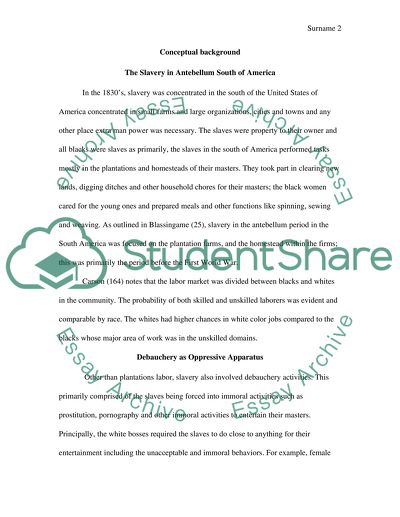Cite this document
(Slavery in World Political History Term Paper Example | Topics and Well Written Essays - 2648 words, n.d.)
Slavery in World Political History Term Paper Example | Topics and Well Written Essays - 2648 words. Retrieved from https://studentshare.org/sociology/1633860-slavery-through-kara-walker
Slavery in World Political History Term Paper Example | Topics and Well Written Essays - 2648 words. Retrieved from https://studentshare.org/sociology/1633860-slavery-through-kara-walker
(Slavery in World Political History Term Paper Example | Topics and Well Written Essays - 2648 Words)
Slavery in World Political History Term Paper Example | Topics and Well Written Essays - 2648 Words. https://studentshare.org/sociology/1633860-slavery-through-kara-walker.
Slavery in World Political History Term Paper Example | Topics and Well Written Essays - 2648 Words. https://studentshare.org/sociology/1633860-slavery-through-kara-walker.
“Slavery in World Political History Term Paper Example | Topics and Well Written Essays - 2648 Words”, n.d. https://studentshare.org/sociology/1633860-slavery-through-kara-walker.


